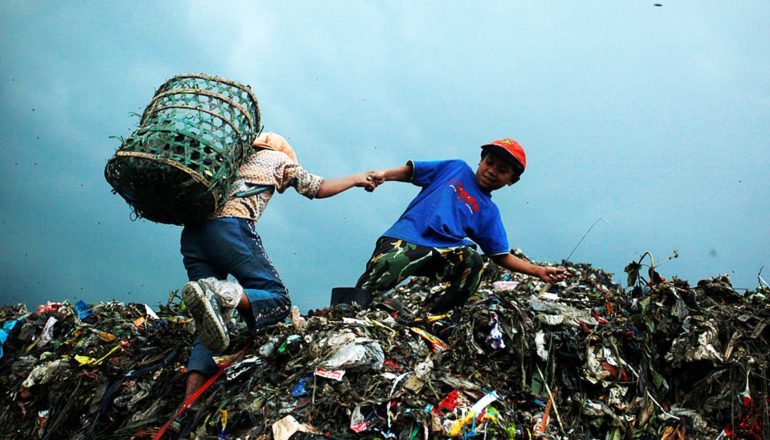New findings suggest mealworms could be the solution to our big plastic problem.
They can not only consume various forms of plastic, but also Styrofoam containing a common and toxic chemical additive. And even after that meal, they can serve as protein-rich feedstock for other animals.
The study is the first to look at where chemicals in plastic end up after being broken down in a natural system—a yellow mealworm’s gut, in this case. It serves as a proof of concept for deriving value from plastic waste.
“This is definitely not what we expected to see,” says Anja Malawi Brandon, a PhD candidate in civil and environmental engineering at Stanford University and lead author of the paper in Environmental Science & Technology.
“It’s amazing that mealworms can eat a chemical additive without it building up in their body over time.”
Mealworms as animal food
In earlier work, researchers revealed that mealworms, which are easy to cultivate and widely used as a food for animals ranging from chickens and snakes to fish and shrimp, can subsist on a diet of various types of plastic.
They found that microorganisms in the worms’ guts biodegrade the plastic in the process—a surprising and hopeful finding. However, concern remained about whether it was safe to use the plastic-eating mealworms as feed for other animals given the possibility that harmful chemicals in plastic additives might accumulate in the worms over time.
“This work provides an answer to many…
